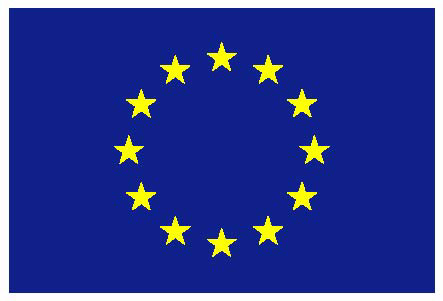Holographic quantum criticality and strange metal transport
Strongly correlated electron systems have challenged traditional condensed matter paradigms with weakly interacting quasiparticles. Meanwhile, theory tools originating from high energy physics have been useful in addressing the physical properties of these materials. For example, the anti de-Sitter / Conformal Field Theory (AdS/CFT) correspondence has proved successful in the investigation of strong-coupling gauge theories with its first application focusing on conformal invariant theories. Other non-relativistic scaling symmetries have been proposed in the context of holography involving Schrodinger symmetry or Lifshitz symmetry. The progress in geometric realizations of Schrodinger symmetry, with a general dynamical exponent z, aimed for condensed matter applications has paved the way to finite temperature generalizations using the null Melvin twist.
AdS space in the light-cone frame (ALCF) with z=2, has also been put forward, as such a holographic background and a corresponding Schwarzschild black hole solution have been considered. Notably, while Schrodinger space and ALCF yield the same thermodynamic properties and transport coefficients (when the latter are independent of an embedding scalar), ALCF is simpler and has a well-defined holographic renormalization.
We have analyzed the transport properties of ALCF, matching several universal experimental results of the normal-state of cuprates superconductors at very low temperatures, which have been a subject of intensive research and yet remain largely unexplained over the past two decades. While there are other types experimental data available, such as spectroscopy and thermodynamic data, we choose to analyze transport data because an understanding of the normal state transport properties of high Tc cuprates is widely regarded as a key step towards the elucidation of the pairing mechanism for high-temperature superconductivity.
The holographic model we present provides a novel paradigm for the normal state of strange metals, in particular high-temperature superconducting (high Tc) cuprates in the overdoped region, where the charge carriers added to the parent insulator exceed the value necessary for optimal superconductivity. Further to describing the puzzling normal state properties of these materials, our approach leads to new falsifiable predictions for experiment. In particular, we successfully describe the T+T2 behavior of the resistivity in and the T+T2 behavior of the inverse Hall angle observed in at very low temperatures T < 30K, where a single scattering rate is present.
More details can be read in: New Journal of Physics, 14, 043045, 2012; doi:10.1088/1367-2630/14/4/043045






